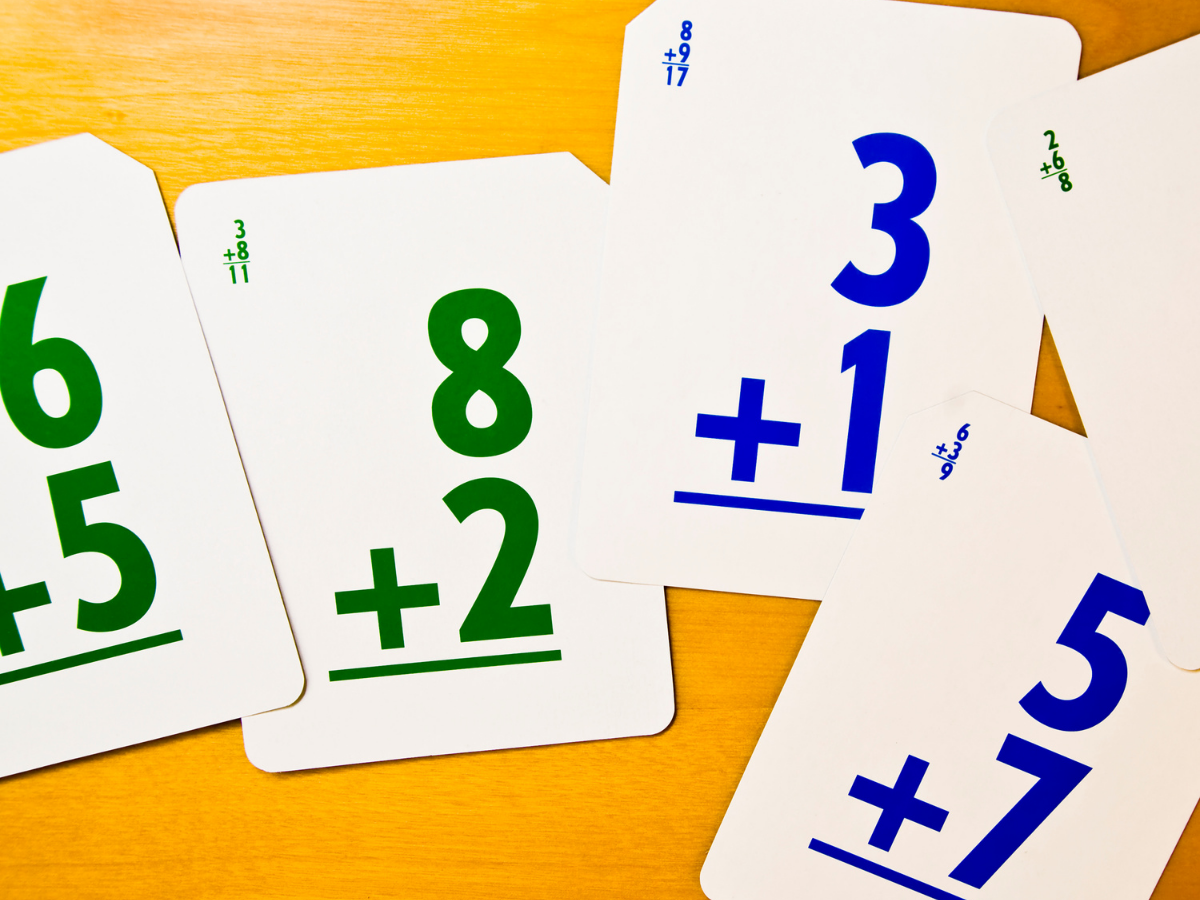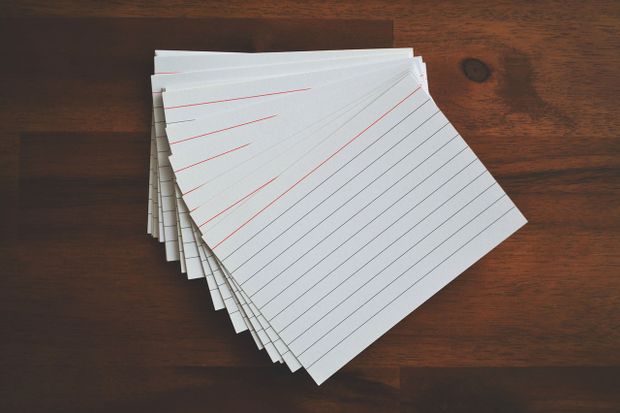Almost every student has used flashcards at some point during their schooling. Compared to other methods of studying, flashcards can be much more effective and convenient.
In fact, the ease with which flashcards can be made and used have made flashcards one of the first and most enduring study aids in the history of learning.
[Discover our full guide on how to make and use flashcards to double your learning speed.]
Even today, the evolution of technology has not eliminated the need for flashcards as a study tool. But where did flashcards come from? In this article, we explore a bit of the history of flashcards and even reflect on their future.
Who invented flashcards?

The history of flashcards can be difficult to trace, as flashcards are inherently ephemeral in nature. We create them. We study them. Then we toss them in the recycling bin. There are few records of flashcards being used in ancient history since the documentation of education techniques were not as widely covered as they are today.
Still, the basic origins of flashcards can be traced, which reveal some interesting insights into this universal study tool.
What came before flashcards?
One reasonable assumption is that flashcards were only made popular after the developments in paper technologies made the mass production and use of paper feasible. Before the 1800s, it would have been too expensive to create flashcards, especially for the average person. Still, it’s likely that flashcards wouldn’t have been popularized before the Renaissance even had paper been easier to access.
In classical and medieval educational philosophies, students were encouraged only to think of concepts as a whole, not as individual parts, through a technique that is known as the “memory palace” or the method of loci.
It wasn’t until later that scholars started to recognize the importance of learning the individual facts and concepts that make up larger concepts as well. They realized that knowing the parts helped aid in the overall understanding of the whole (after all, it’s very difficult to understand physics without memorizing the formulas and understanding how they’re used), a skill helped along greatly by flashcards.
Tracing the origins of flashcards
While we do know that flashcards started to come into greater use in the 1800s and 1900s, it’s very difficult to pinpoint exactly who created the first flashcards or when the started developing. Most agree that flashcards spread in response to a growing demand for a more quality education for the average, poorer student than was offered in overcrowded, understaffed public schools led by underqualified teachers. Students who couldn’t even afford a single book could afford flashcards that allowed them to learn easily on their own outside of the formal classroom.

This method was encouraged to spread across schools for the poor by educational pioneer Joseph Lancaster due to his influential 1805 book Improvements in Education. Called “reading cards,” these flashcards, made by teachers and school directors started to spread across the country.
Supplementing these cards were individual packs of pre-made flashcards that started to be sold across the United States. Mrs. Lovechild’s Book Of Three Hundred and Thirty-Six Cuts For Children was one of the first sets to reach the United States from Britain in 1803, and it was followed in the market by many more.
Favell Lee Mortimer’s educational book for children, Reading Disentangled, had some of the first flashcards that were included with school books for middle-class children. They included cards with drawings, as well as the corresponding word and its first letter to teach phonetics and reading. Even upper-class children started learning with flashcards. John Stuart Mill’s Autobiography details him learning Greek at an early age using flashcards created by his father as early as 1810.
The popularization and modernization of flashcards
By 1923, flashcard use was so ubiquitous that the term first appeared in the Oxford English Dictionary. Commercially-produced flashcards on topics ranging from phonics and spelling to math were sold in magazines, and students in schools across the country were encouraged to create their own as study aids.
During the Cold War, flashcards grew in popularity as their use was encouraged as a way to ensure that students in the U.S. were not falling behind Soviet children. During this period, game companies like Milton Bradley, which had previously been producing flashcards prolifically, were replaced by companies whose sole focus was flashcards and test prep.
The quality of mass-produced flashcards was increased based on studies done on flashcards as the field became more competitive. Even student-produced flashcards started to get more sophisticated as teachers started to offer tips on their creation. Flashcards started to include more context for the concepts and became more integrated into the classrooms.
Do flashcards still matter today?

The history of flashcards can be traced up until the present day. In recent years, as paper has become relegated to a second-class position, computers and smartphones have become primary tools for learning and studying. And flashcards have started to wane in popularity. In light of these educational developments, do flashcards even matter anymore?
In short, yes. Technology hasn’t eliminated the need for or usefulness of flashcards, it has just provided new functionality to an age-old method. Flashcard apps like Brainscape offer you a number of online flashcards that you can use on your phone or computer to study a wide range of topics. You can even make your own decks on any topic!
Plus, the high-tech algorithms on these app-based flashcards allow you to optimize your learning using spaced repetition, building upon the long-standing learning benefits as the flashcards of old.
While we doubt that people will stop using traditional flashcards altogether any time soon, developments in online and digital flashcards only make the method more, not less important. The history of flashcards is far from over. So don’t ditch your old flashcards just yet! You just may consider moving them onto your cell phone for next time.
[See also: Our complete guide on how to study more efficiently, with less effort!]
